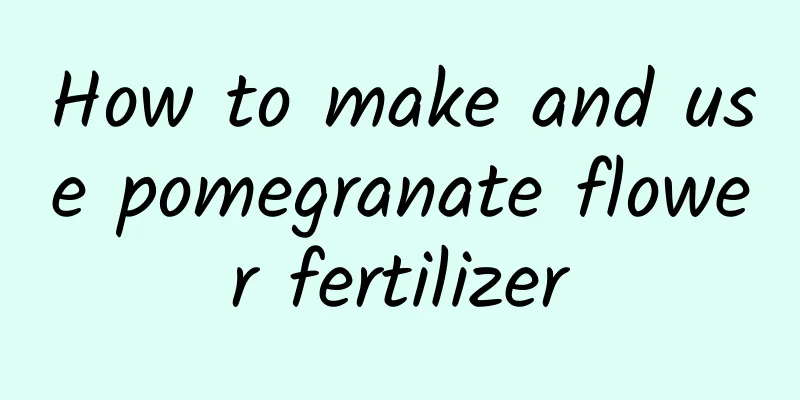How to prevent hibiscus flowers from falling buds and leaves in autumn and winter

How to prevent hibiscus flowers from dropping buds and leaves in autumn and winterReasonable temperature and sufficient lightJudging from the growth habits of hibiscus, hibiscus likes a sunny, warm and humid growing environment and is not resistant to cold and frost. Generally, around the autumnal equinox, it can be moved into a well-ventilated sunny place indoors. During the winter, maintain a temperature of around 15-22℃. If it is lower than 10℃, coupled with the large temperature difference between day and night, it will often cause all the new and old leaves to fall off. If it is lower than 5℃, it will be affected by frost. Excessively high temperatures can also cause branches and leaves to grow too tall and consume nutrients. Hibiscus is a positive plant and needs about 4 hours of sunlight in winter. Insufficient sunlight will cause the flower buds to wilt and the leaves to turn yellow and fall off. You can choose to move it outdoors to get more sun at noon when the wind is warm and the sun is shining. Ensure adequate hydrationGenerally, it is sufficient to keep the humidity of the potting soil at about 30%, and you can spray the leaves with clean water every 3-5 days. Adhere to the principle of "don't water unless the soil is dry, and water thoroughly when you do." Avoid too much water, otherwise the roots will easily rot, which will not only cause leaf fall, but in severe cases may lead to plant death. Ensure adequate fertilizationAccording to the characteristics of hibiscus that it likes fertilizer, it is necessary to regularly apply chicken and duck manure, decomposed cake fertilizer water, bone meal and other liquid fertilizers to promote its flowers to be larger, more numerous and have a longer flowering period. After autumn, apply more phosphorus and potassium fertilizers and stop applying nitrogen fertilizers. Before bringing the plants indoors, it is best to spray 0.2% potassium dihydrogen phosphate 2-3 times to effectively prevent buds and leaves from falling. Fertilization is generally stopped in winter. If the room temperature, light and other conditions are suitable for flowering, you can apply an appropriate amount of dilute liquid fertilizer. If the nutrition is rich, the plant will continue to grow vigorously and may bloom as usual. TrimHibiscus is resistant to pruning and easy to sprout. Before bringing the plant indoors, you should cut off the overgrown branches, sick and weak branches, and inner branches in combination with shaping to reduce the consumption of nutrients. In northern regions, heavy pruning is required to ensure more sprouts and flowers in the following year. |
<<: What to do if Osmanthus fragrans does not bloom
>>: Common problems in summer plum maintenance
Recommend
Where to grow fennel
Where fennel is grown Fennel generally grows in a...
How to raise geese
In recent years, the goose breeding industry has ...
Cultivation methods of mirror grass (hydroponics and soil cultivation)
1. Hydroponics 1. Light: Generally, it is convert...
Complete list of varieties of ground roots
Big Leaf Phoenix The most common variety, bar non...
How often should potted lilies be watered?
1. How often should I water? Lily plants prefer a...
How to make the newly bought peach eggs fat
Buy peach eggs and put them in the pot first Chan...
Cultivation methods and precautions of Ixora
The Ixora is very ornamental, with flowers cluste...
Is it profitable to plant seven-leaf lily? How much is the profit per acre?
Is it profitable to grow seven-leaf lily? The med...
How often should I water the Tangyin?
How often should I water the Tangyin? Tangyin is ...
Don't be too diligent in growing flowers, Chlorophytum comosum... the cheaper you grow the more it will bloom
Chlorophytum (Photo by: Bebeying Source: Chloroph...
The secret to making plum blossoms bloom all year round
Open on May 1st Late-blooming varieties, such as ...
How long does it take for Vinca rosea to bloom and produce seeds?
1. How long does it take to produce seeds? Cathar...
How to grow big leaf green radish in water
1. Hydroponic method 1. Choose branches: Select b...
Holly cultivation methods and precautions
1. Soil During the breeding period, it is necessa...
Do one more thing, watering, and your flowers will grow 10 times faster than others
Drying Flowers cannot be watered directly with ta...









